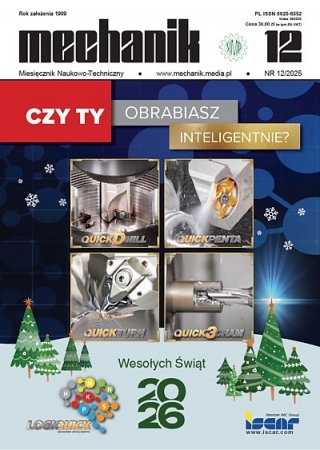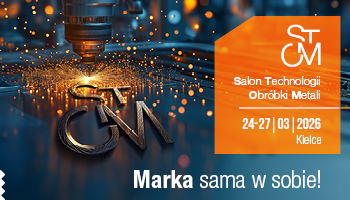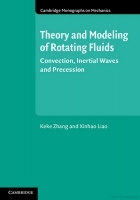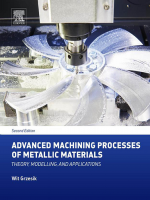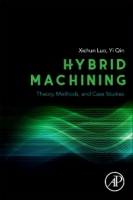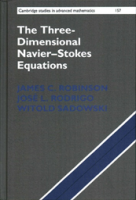Metody przyrostowe w mikrotechnologiach wytwarzania *
Additive methods in micro and nano manufacturing technologies
Author: Adam Ruszaj
Mechanik nr 05/06/2019 - Druk 3D
STRESZCZENIE: Koncepcję i strategię mikro- i nanotechnologii przedstawił R.P. Feynman w 1959 r. Wprowadzenie ich do praktyki nastąpiło po opracowaniu i wdrożeniu skaningowego mikroskopu tunelowego (1981 r.) oraz mikroskopu sił atomowych (1985 r.). Dalszy rozwój mikro- i nanotechnologii zaowocował opracowaniem i zastosowaniem mikro- i nanoelektromechanicznych systemów (MEMS, NEMS), których produkcja rośnie od lat 90. o ok. 17÷20% rocznie. Wytwarzanie mikro- i nanoelementów występujących w tych układach jest trudne technologicznie z uwagi na niewielkie wymiary oraz często złożoną strukturę zewnętrzną i wewnętrzną. W takich przypadkach racjonalne może być zastosowanie metod wytwarzania przyrostowego. W artykule przedstawiono możliwości wytwarzania przyrostowego, głównie w mikrotechnologiach.
SŁOWA KLUCZOWE: wytwarzanie przyrostowe, mikrotechnologie, nanotechnologie, MEMS, NEMS
ABSTRACT: In 1959 R.P. Feynman has presented the concept and strategy of micro- and nanotechnology development. Their introduction to the practice took place after working out the scanning tunneling microscopy (1981) and atomic force microscopy (1985). In the further development of micro- and nanotechnology the micro and nano electromechanical systems (MEMS, NEMS) have been worked. MEMS and NEMS are widely applied in majority of modern equipment and the production of the equipment increases about 17÷20% per year since 1990s. MEMS and NEMS manufacture usually is a difficult technological problem because of small dimensions and complex outside and inside structures. In such cases the application of additive manufacturing processes can be very promising. In the paper the possibilities of additive manufacturing processes applications, mainly in microtechnologies, is presented.
KEYWORDS: additive manufacturing, microtechnologies, nanotechnologies, MEMS, NEMS
BIBLIOGRAFIA / BIBLIOGRAPHY:
[1] Feynman R.P. “There’s plenty of room at the bottom”. Engineering and Science. 23, 5 (1960): 22–36.
[2] Samek A. „Bionika. Wiedza przyrodnicza dla inżynierów”. Kraków: Wydawnictwa AGH, 2010.
[3] Ruszaj A., Skoczypiec S., Wyszyński D., Lipiec P. „Wybrane aspekty zastosowania mikro- i nanotechnologii w procesach wytwarzania”. Inżynieria Maszyn. 4 (2011): 7–18.
[4] Węgrzyn S. Znamirowski L. „Zarys nanonauki i informatycznych molekularnych nanotechnologii”. Gliwice: Wydawnictwo Politechniki Śląskiej, 2008.
[5] Brinksmeier E., Mutlugunes Y., Klocke F, et al. “Ultra-Precision Grinding”. Cirp Annals – Manufacturing Technology. 59 (2010): 652–671.
[6] Dornfeld D., Min S., Takeuchi Y. “Recent Advances in Mechanical Micromachining”. Cirp Annals – Manufacturing Technology. 55, 2 (2006): 745–768.
[7] Fassi I., Shipley D. “Micro-manufacturing Technologies and Their Applications; A theoretical and Practical Guide”. Springer International Publishing: Switzerland, 2017.
[8] Shashi P., Subrata K. “Experimental investigations and analytical model of multi-pass CO2 laser processing on PMMA”. Precision Engineering. 49 (2017): 220–234, DOI: https://doi.org/10.1016/j.precisioneng.2017.02.010.
[9] Fiorucci M.P., Lopez A.J., Ramil A. “Multi-scale characterization on topographic modification on metallic biomaterial induced by nanosecond Nd:YVO4 laser structuring”. Precision Engineering. 5 (2018): 163–168, DOI: https://doi.org/10.1016/j.precisioneng.2018.03.009.
[10] Koyano T., Kunieda M. “Ultra-short pulse ECM Rusing electrostatic induction feeding method”. Procedia CIRP. 6 (2013): 390–384, DOI: https://doi.org/10.1016/j.procir.2013.03.066.
[11] Ruszaj A., Cygnar M., Grabowski M. “The State of the Art in Electrochemical Machining Process Modeling and Applications”. AIP Conference Proceedings 2017. 020029 (2018), DOI: https://doi. org/10.1063/1.5056292.
[12] Dong X., Chen F., Chen S., Yang Liu, et al. “Microstructure and microhardness of hot Extruded 7075 aluminium alloy micro gear”. Journal of Materials Processing Technology. 219 (2015): 199–208, DOI: https://doi.org/10.1016/j.jmatprotec.2014.12.022.
[13] Su Yo-C, Shah J., Lin L. “Implementation and analysis of polymeric microstructures replication by micro-injection molding”. J Micromech Microengineering. 14 (2014): 415–422.
[14] Oczoś K.E. „Rosnące znaczenie Rapid Manufacturing w przyrostowym kształtowaniu wyrobów”. Mechanik. 4 (2008): 241–247.
[15] Thompson M.K., et al. “Design for Additive Manufacturing: Trends, opportunities, considerations and constraints”. CIRP Annals – Manufacturing Technology. 65 (2016): 737–760, DOI: https://doi.org/ 10.1016/j.cirp.2016.05.004.
[16] Gibson I., Rosen D.W., Stucker B. “Additive Manufacturing Technologies: Rapid Prototyping to Direct Digital Manufacturing”. Springer Science + Busines Media, 2010.
[17] Poprawe R. “Tailored Light 2. Laser Application Technology”. Springer, 2011.
[18] Emmelmann C., Sander P., Kranz J., Wycisk E. “Laser additive manufacturing and bionic: Redefining lightweight design”. Physics Procedia. 12 (2011): 364–368, DOI: https://doi.org/10.1016/j. phpro.2011.03.046.
[19] Suzuki Y., Suzuki K., Michihata M., Takamasu K., Takahashi S. “One-shot stereolithography for biomimetic micro hemisphere covered with relief structure”. Precision Engineering. 54 (2018): 353–360, DOI: https://doi.org/10.1016/j.precisioneng.2018.07.004.
[20] Wrzyszczyński A. „Dwufotonowe inicjatory polimeryzacji”. Polimery. 3, LV (2010): 167–171.
[21] Gatto A., Iuliano L., Settineri L. “Particles’ formation and deposition in the sanders RP process”. Proceedings of the 7th European Conference on Rapid Prototyping and Manufacturing. Aachen, Germany: AGIT Technology Centre (1998): 211–226.
[22] Jee H. J., Sachs E. “Visually simulated surface texture models for 3D printing”. Proceedings of the 7th Conference on Rapid Prototyping and Manufacturing. Aachen, Germany: AGIT Technology Centre (1998): 49–62.
[23] www.nanosribe.com.
DOI: https://doi.org/10.17814/mechanik.2019.5-6.43
* Artykuł recenzowany



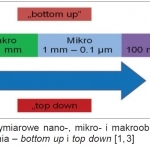
![Rys. 2. Schemat blokowy systemów MEMS i NEMS [3]](/foto/article_small/19/rys_2_schemat_blokowy_mems_nems.jpg)
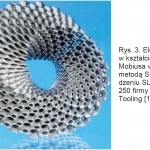
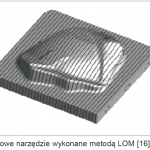
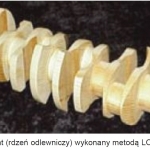
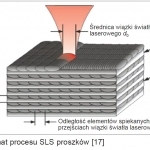
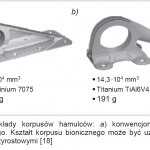
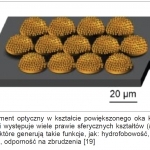
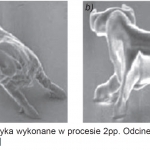
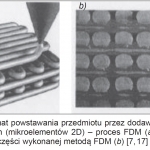
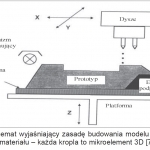
![Rys. 12. Zasada wytwarzania elementów przez spajanie ziaren proszku kroplami kleju [23]; minimalna grubość warstwy proszku ~45 μm](/foto/article_small/19/rys_12_spajanie_ziaren_proszku_kroplami_kleju.jpg)
